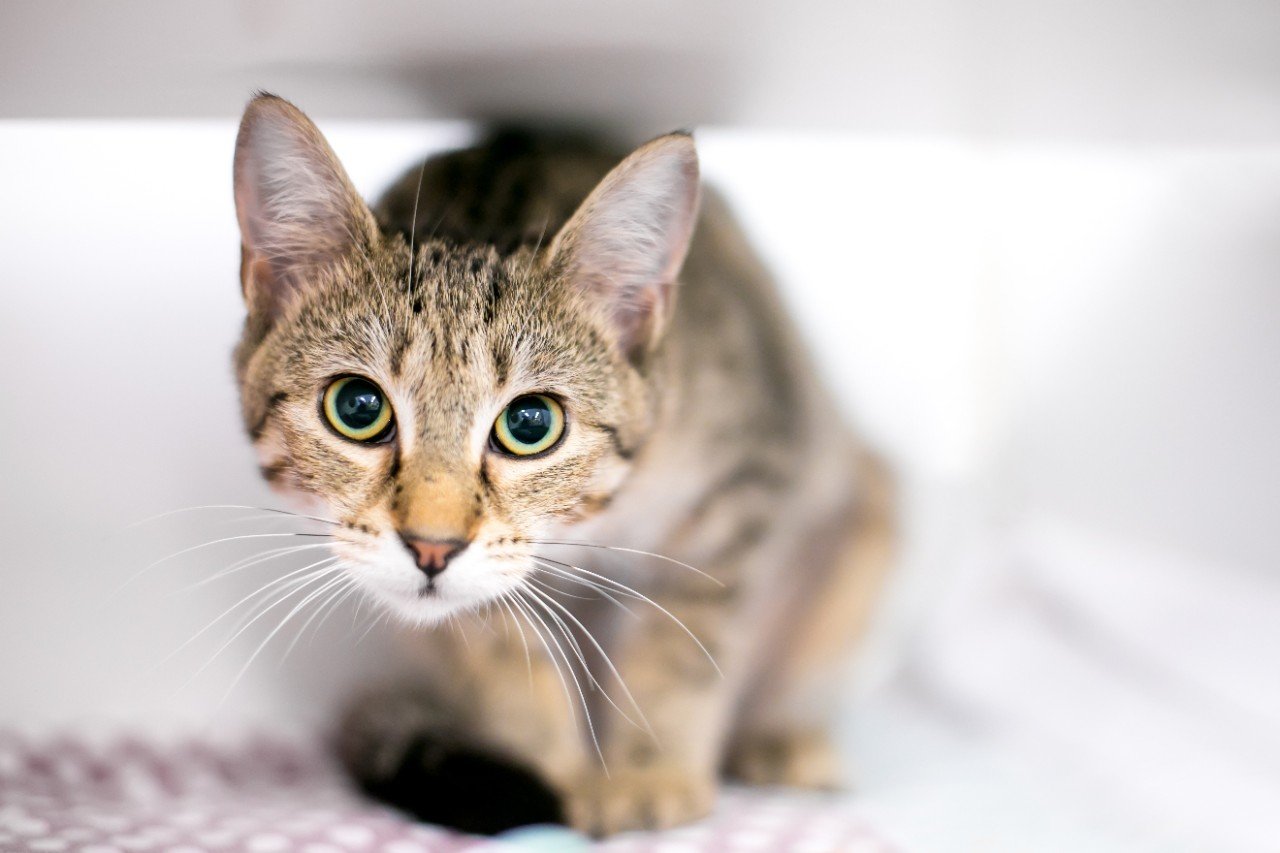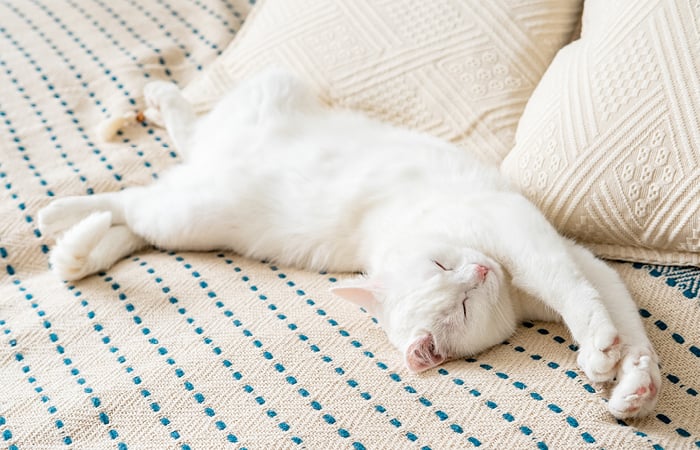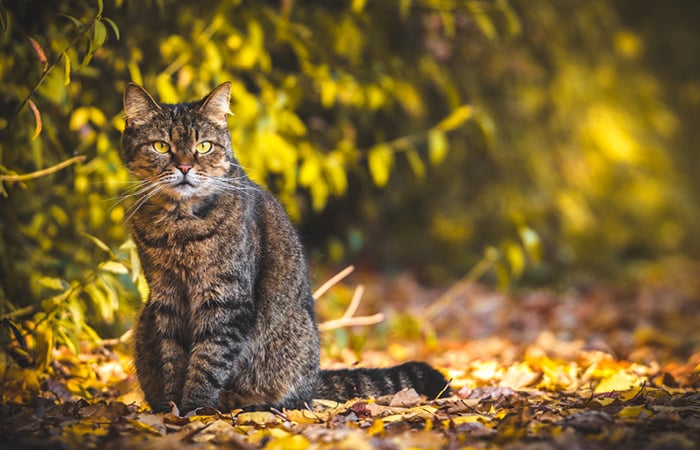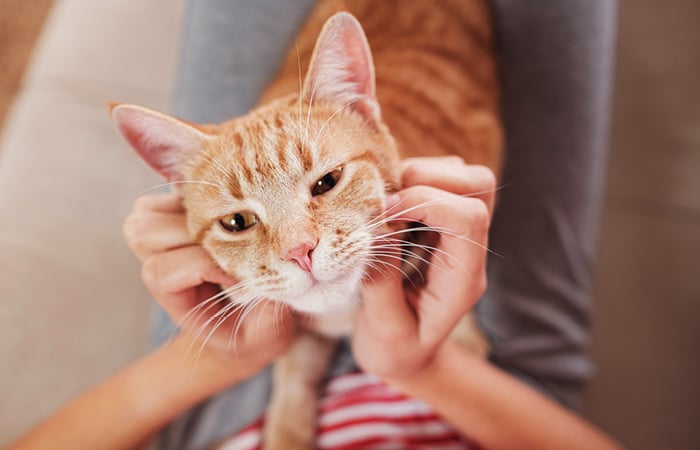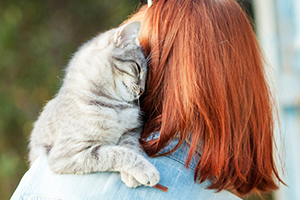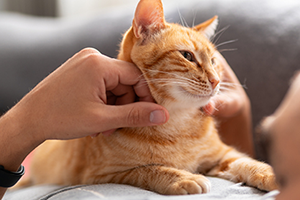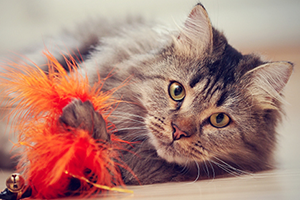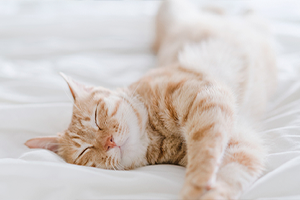Why do cats watch TV?
What do cats like to watch on TV?
We still don’t fully understand cats’ TV-watching habits, let alone their viewing preferences. While some owners find that their cat has no interest in television, others report that their cat watches TV regularly. If your cat appears to enjoy curling up in front of Springwatch or the Wimbledon highlights, you’re not alone. Anecdotally, the programmes that seem most likely to grab feline attention are wildlife documentaries – especially ones about birds or rodents – and ball sports, ranging from snooker to tennis. What, if anything, does your own cat like to watch?
As a hunting animal, your cat is instinctively attuned to fast, linear movement, such as a running mouse – or a soaring football on Match of the Day! Some cats may even paw or pounce at a moving object on the screen. Kittens, in particular, may use your telly-watching time as an opportunity to hone their hunting skills.
Some owners report that their cat seems interested in other felines on TV – whether that’s other domestic cats or their big-cat cousins, such as lions and tigers. Certainly, the sound of another cat meowing or hissing might make your own pet prick up their ears, wary that a rival could be in the room. If your cat ever seems discomforted by noise from the TV, make sure the door is open and they can easily leave the room. Reassuring them with a stroke or treat can help a nervous or noise-phobic cat feel more comfortable around the TV.
Meanwhile, other owners remain convinced that their cats love to watch Strictly Come Dancing, The Great British Bake Off, Friends or Game of Thrones! It might seem that your favourite TV show is a hit with your cat, too – it’s equally likely that when they hear the familiar theme tune or see you settling on the sofa, they know they’re in for some cosy bonding time with you. So who’s watching the telly may be just as important to your cat as what’s actually on the box. Does your cat like to snuggle up with you in front of the TV?
What do cats see when they watch TV?
What your cat sees when they watch TV is quite different to what a human sees. There are two types of photoreceptors involved in sight: rods (which function best in low light) and cones ( which function best in bright light). Humans and cats are both trichromats, meaning we have three types of cones to perceive red, blue and green. (Dogs are dichromats, with just two types of cones.)
While cats are trichromats, they have a lower number of cones in their eyes than humans and have a higher number of rods. This means they probably see a narrower colour spectrum and a less intense colour palette than we do. But our feline friends see much better than humans in low-light conditions. In fact, very light or bright TV pictures may be uncomfortable for them to watch.
As they depend on hunting for their survival in the wild, cats also process movement far more quickly than humans. Our brains perceive film footage with 20 frames per second as a smooth, moving image. A cat needs at least 100 frames per second for the same effect. Therefore, it’s likely that our TV shows look flickery or jerky to a cat watching TV – similar to how early black and white movies look to us.
Newer televisions and laptops have higher-resolution images, a higher image-refresh rate and more realistic sounds than older TV sets – all of which means they’re more likely to capture your cat’s attention.
Why do some cats not watch TV?
If your cat isn’t interested in television, don’t worry – that’s completely normal, too. Real life, viewed from a window or a high perch in a room, is more interesting to most felines.
Cats rely heavily on their sense of smell to process the world around them, and since TV pictures have no scent (yet!), a rat on the small screen won’t appeal to them as much as a rat in the garden. Cats have a keener sense of hearing than we do, too, and they may be confused that the sound of a sparrow isn’t coming from exactly the same place as the bird they can see on screen – especially if you use a sound bar or surround-sound speakers.
Is it OK to let my cat watch TV?
There hasn’t been a great deal of research into TV-watching cats, but most animal experts agree that your pet’s viewing habits aren’t going to damage their eyesight or health. In fact, Jake Perry, who has twice held the World Record for owning the world’s oldest cat, provides his pets with their own home cinema showing a regular stream of wildlife movies.
While most cats would prefer to play or hunt, TV may offer substitute mental stimulation when these activities aren’t possible. In 2008, researchers from Queen’s University, Belfast, concluded that TV programmes featuring prey animals could provide a valuable enrichment experience for cats living in animal shelters with no window to look out of.
One thing to be mindful of, particularly with the use of prey-type games on tablets, is that as the cat can’t actually catch the mouse on the screen, they could become frustrated. End these sorts of screen-based games with a real, physical toy that they can catch and ‘kill’ for that all-important endorphin fix.
The biggest risk of letting your cat watch telly is that they might jump, pounce or scratch at the TV. It’s possible (although unlikely) that your cat’s swiping claws could damage a delicate plasma or LCD screen. A greater danger is that your curious pet will pull the TV down on top of themselves. Even the sight of their own reflection could have your cat pawing at the screen, so make sure your television is well secured
Petplan is a trading name of Pet Plan Limited (Registered in England No. 1282939) and Allianz Insurance plc (Registered in England No. 84638), Registered office: 57 Ladymead, Guildford, Surrey GU1 1DB.
Pet Plan Limited is authorised and regulated by the Financial Conduct Authority. Financial Services Register No. 311969. Allianz Insurance plc is authorised by the Prudential Regulation Authority and regulated by the Financial Conduct Authority and the Prudential Regulation Authority. Financial Services Register No. 121849. Pet Plan Limited is a subsidiary of Allianz Insurance plc.


